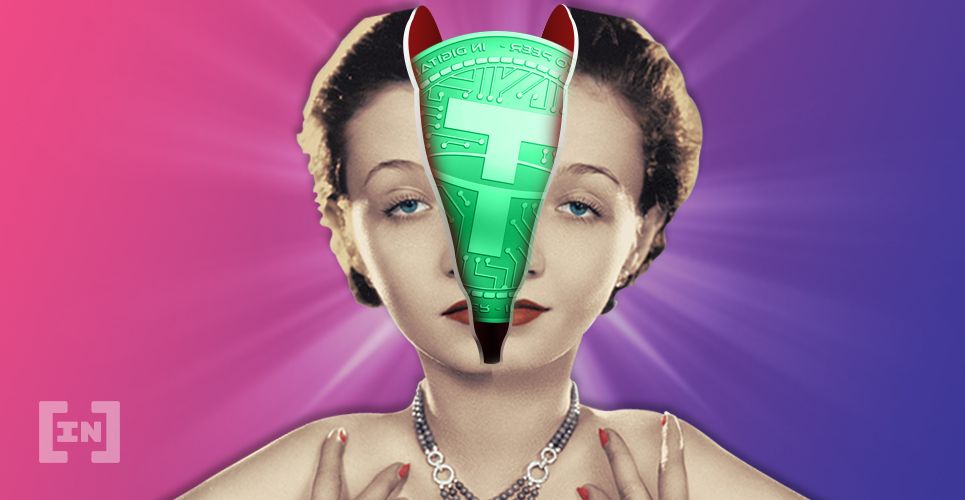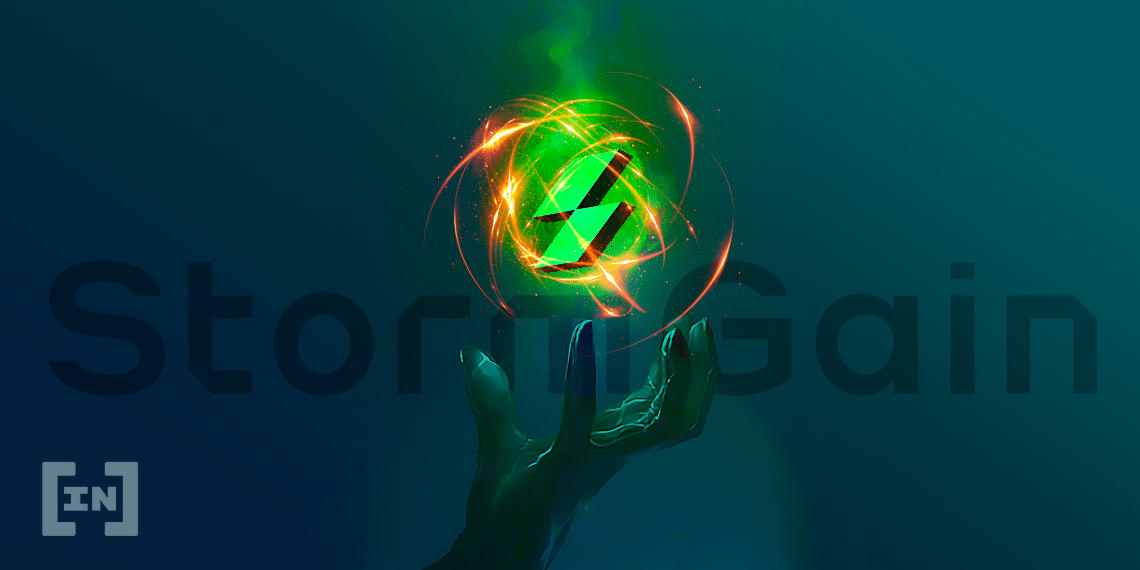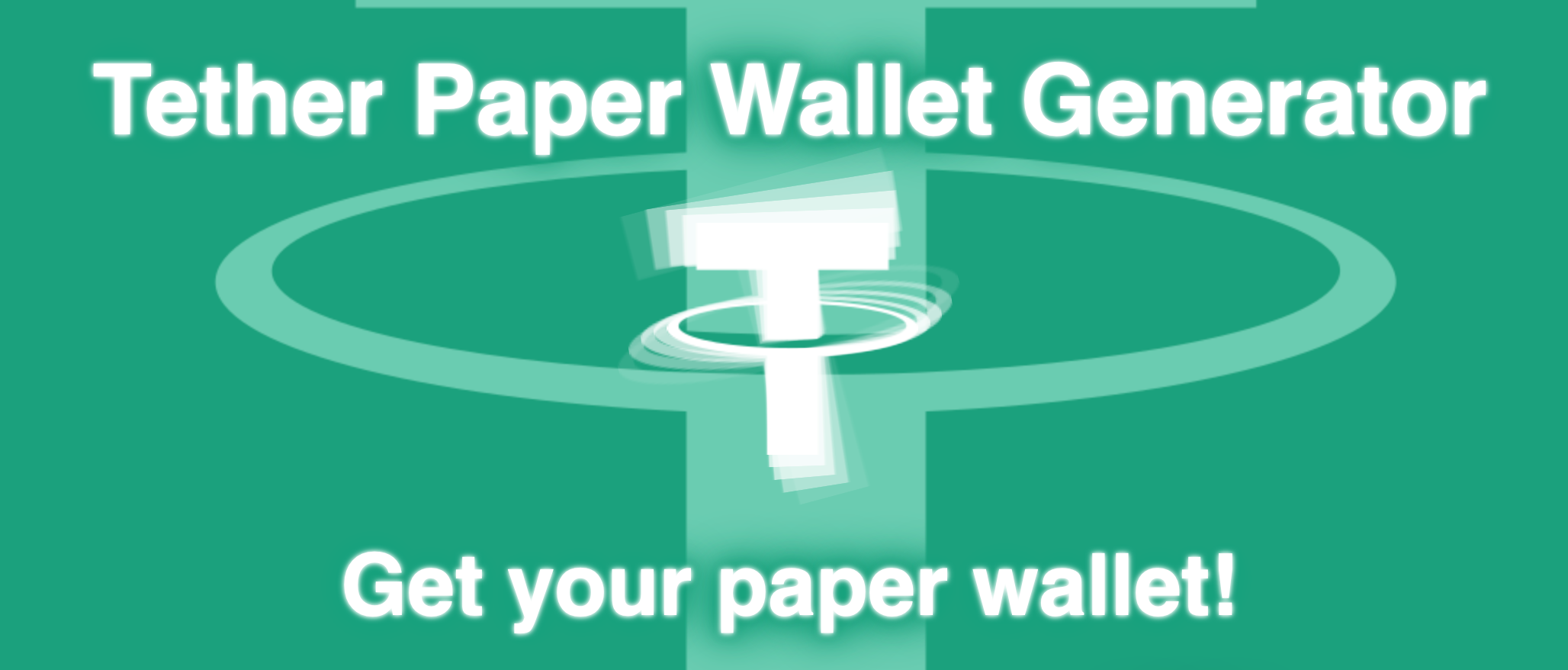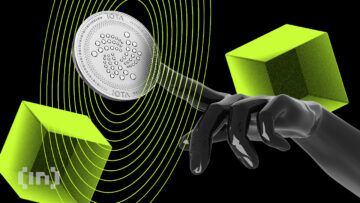Tether is among the most popular stablecoins in use in the cryptocurrency world. It is pegged at a 1:1 ratio with the US Dollar and though it originated as an Omni token, powered by the Bitcoin blockchain, it has since migrated across multiple other networks such as Ethereum, TRON and even EOS. Because Tether can be a bit technical, BeInCrypto has created a handy guide for the different types of Tether, how to identify them, and where to get them as well as store them.
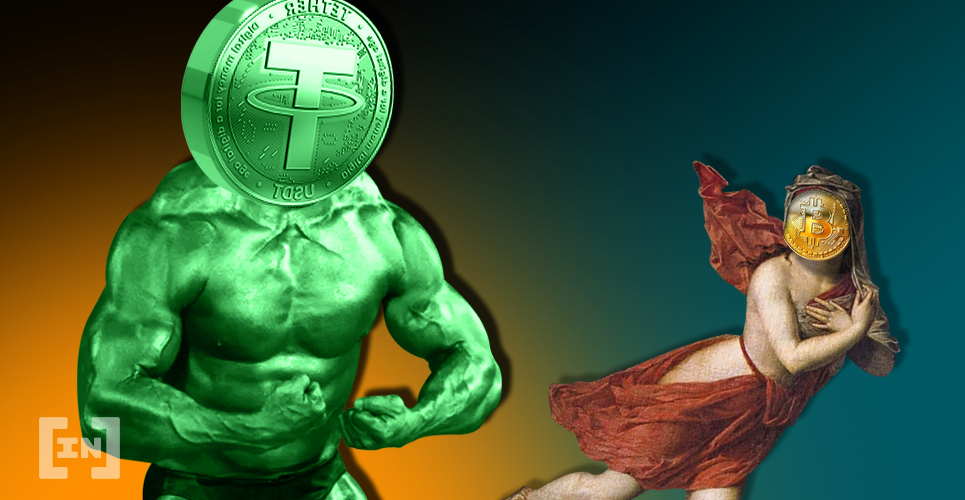
What is Tether?
Tether is known as a stablecoin. Stablecoins act to be pegged to a fiat currency or possibly the value of other assets. In the case of Tether, it is pegged to the US Dollar, so that 1 Tether always equals 1 USD. Originally, Tether was developed under the Omni protocol. This is a system that sits on top of the Bitcoin network and adds the ability to make unique tokens, akin to what is possible on other networks using smart contracts. Using the Omni protocol, the first Tether was created. In time, developers began migrating the asset to other blockchains, generally because platforms that natively support smart contracts make more sense for a stablecoin. The first move was to the Ethereum network, which is today the most common, but TRON and EOS have also seen their own variations of the asset.
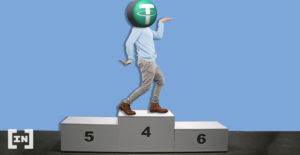
The Different Types of Tether:
1. Omni Tether
The original, Omni Tether was created in late 2014 under the name “Realcoin.” The Omni protocol made it possible to create “tokens” on the Bitcoin network, and using that process the first coins were minted in October of that year. The name, however, would be changed to “Tether” by the end of November. By January of the following year, Bitfinex had enabled trading of the asset, and for the next couple of years Omni Tether would be the standard of the industry. Originally, it was envisioned that there would be different “Tethers” for different currencies, in addition to USD. The Euro and Yen were explored, but today the Tether found on most exchanges are pegged to US Dollars and hence go under the symbol USDT. That being said, in 2017 the Tether team began moving much of the existing coin onto the Ethereum platform, and we will turn our attention there now.
2. ERC20 Tether
As stated, this was the first migration of Tether off of the Omni protocol in late 2017. Because Ethereum is a very active and popular network, with smart contract integration to make token creation relatively simple, this was a natural step for Tether. It has proven so popular that by the end of 2019, the vast majority of Tether had shifted off of the Omni layer and onto Ethereum, showcasing that most traders preferred the new, superior version of the asset.
A similar trend is seen in the number of on-chain transactions. USDT as an ERC20 token has become the dominant vehicle for transferring and using tether. pic.twitter.com/emWEouYpjw
— TokenAnalyst (@thetokenanalyst) October 18, 2019
Part of the reason for the huge success of ERC20 Tether is the fact that the Ethereum blockchain confirms blocks and hence transactions much faster than Bitcoin, with average block time’s ranging usually between 10 and 15 seconds.
At this point you may wonder how this type of migration can occur across blockchains. Essentially, any exchange that wants to transfer its Tether tokens can do so by sending their Omni USDT to the Tether corporation from which they will receive an equal amount of ERC20 Tether. The old Tether is effectively “destroyed” and so the value is now existent only on the new chain. The process is basically the same for the other types of USDT that have been officially supported, on the TRON and EOS networks, respectively.

3. TRC20 Tether
In March of 2019, a partnership was announced that would see USDT moved onto the TRON blockchain, claiming that this would be the fastest form of Tether yet and have no transfer fees. Thanks to a partnership with Poloniex by Justin Sun, the creator of TRON, this form of Tether would be quickly integrated into the exchange. Despite this, the TRC20 version of Tether remains one of the smaller and less commonly used versions to this day, and recently it seems that some of the USDT originally moved onto TRON has since been sent back to the Ethereum network. Fans of this flavour fear not, for in a later section we will discuss exchanges beyond Poloniex where you can still pick it up.

4. EOS Tether
This is the most recent, and smallest volume, version of Tether. Announced in May of 2019, the EOSIO variant is similar to its Ethereum and TRON siblings, again claiming that the benefits of the EOSIO network will eliminate transaction fees and allow “block producers to spend more computation power on processing transactions,” which should dramatically improve the speed of USDT transfers. Nonetheless, this form of Tether is pretty rare currently and outside of the scope of this article.

A Word of Caution
After reading all about the different varieties, you are undoubtedly wondering which one you have, or should get, and how to even tell the difference. If you don’t own any Tether yet this question may not be as important. If you are just using Tether to trade on an exchange as a substitute for the US Dollar, then it really doesn’t matter which type is supported and they will basically all work equally. One caveat to this is that there could be issues with liquidity if you are dealing with one of the less popular versions, but this shouldn’t be a problem with any of the big name exchanges out there.
On the other hand, if you already have some Tether in an exchange or wallet and would like to move it, then this become a VERY important issue. This admittedly makes Tether more confusing to use, but it can’t be emphasized too much: If you send Tether to an incompatible wallet you WILL lose it. This means it is essential that you are confident of what you are sending and where before you make a move.
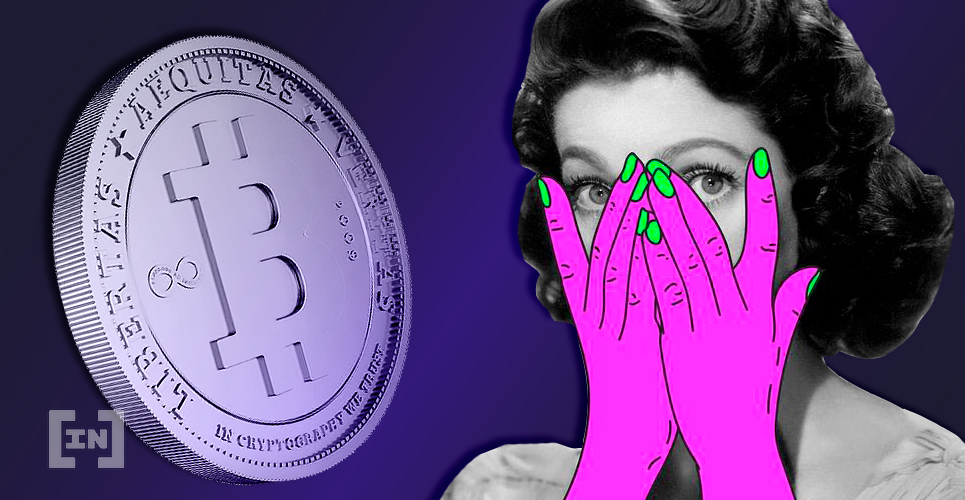
The reason for this is because, as mentioned, Tether in any form is just a token on a network. The token is really just the underlying asset, but packaged to act in a certain way. Hence Omni Tether is basically just packaged Bitcoin, ERC20 Tether is just Ethereum, and so on. Since these blockchains are not compatible, neither are their versions of Tether. Remember when we said that transfers across blockchains occur when tokens on one chain get destroyed while simultaneously getting created on another. This is facilitated by the Tether corporation, and is not simply an automatic process.
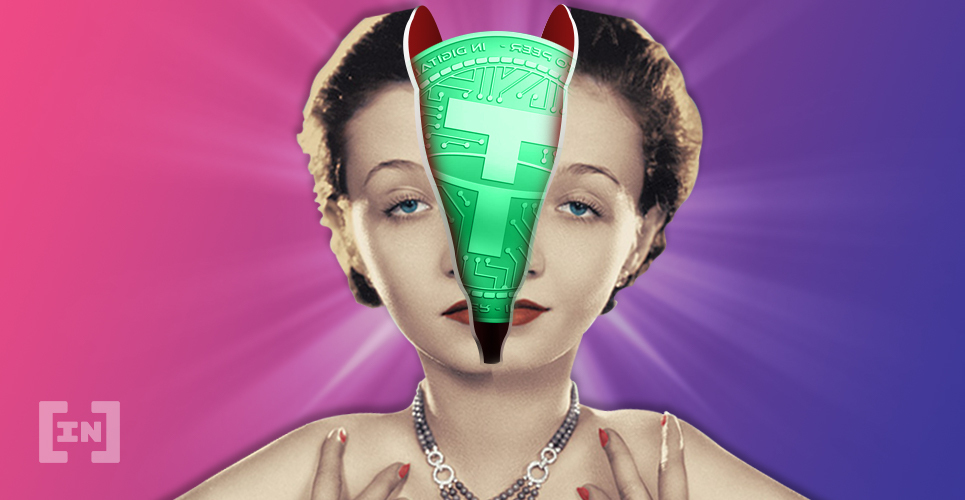
How Can I Tell Which Type of Tether I Am Using?
Okay, you get it, but just how do you know which one you are working with? If you’re lucky, the exchange will make it obvious. Sometimes, but not always, the asset is clearly marked, especially if an exchange uses multiple types. Unfortunately, most exchanges use just one type, and often it is just labelled “USDT.” There can be a few ways to figure out which is running under the hood. First, you could search the site for any documentation or press releases about USDT. Sometimes there will be info in the FAQs or Help section which will explain which variety is being used. Othertimes, you can find an announcement that the site has switched to one or another type exclusively. If none of this pans out, you could try reaching out to the support team on the exchange to inquire about it. Of course, some teams are more responsive than others and depending on the service it could take a bit of time to get a response.
One way to be pretty certain about which type you are using is to look at the address that is associated with the wallet. Remember, all forms of Tether are just tokens on the underlying blockchains, so the addresses are always valid addresses for those blockchains. For the time being, don’t worry about EOS Tether as it is almost certainly not the type your exchange is using unless clearly marked.
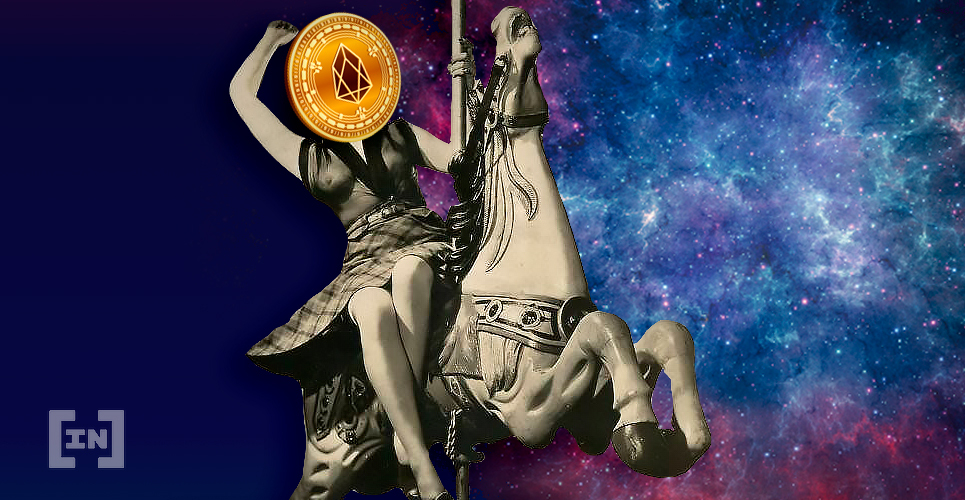
Omni Tether will look just like a Bitcoin address, for example, so something like this:
1EKrH8VvrXEz5jEUbHBGeQdvwhBY73UaNe
Note that Bitcoin addresses always begin with a 1, 3 or bc1 at the beginning. This is in contrast with Ethereum addresses, an example of which is as follows:
0x643B079a9706d62F56CC1c9904F0E7ffE3111236
The key thing to recognize here is that an Ethereum address always begins with a 0x. In a similar vein we have TRON addresses, which have the distinct feature of always beginning with a capital T:
TAVXrv4yVyzMq6VqTYgmd8e1zazJ2r2Pkp
While at a glance these are all just random digits, each can be quickly distinguished by how they begin. Since each one can only begin in a certain way, there is no real reason to be confused which you are looking at. If you are sending to a wallet address that begins 0x, but your sending wallet address starts with a 3, don’t think to yourself “maybe it will be fine?” It won’t. These blockchains only really work in one way, so make sure you know which you are dealing with.
Okay, now that we’ve covered all of that, let’s talk a bit about where to get, and how to keep, each of the three main flavors of Tether.

Where To Get and Store Omni Tether
As mentioned, this type of USDT is less common than it used to be, but there are still a variety of places that deal in it.
- One exchange that still uses Omni Tether is StormGain. This site has many options for assets to trade, and most of its trading pairs are with USDT, though a few are with Bitcoin. What’s nice is that when you go to deposit Tether onto the site, it is stated explicitly that they use Omni Tether and that any other type of USDT will be lost should you send it to the address. Not all sites are quite so clear.
- If you do purchase Omni Tether on StormGain, it may be wise to keep it in a personal wallet:
1. Omniwallet:
- One of the best and oldest wallets for this is Omniwallet. This web wallet can act as a Bitcoin wallet or Omni Tether wallet (or in fact any other Omni-based token). Two great features include the fact that while it is a web interface, you the user still retain control of your private keys. Additionally, you can actually use the wallet as a Bitcoin/Omni token exchange, meaning you can buy and sell your Bitcoin for Omni Tether, and vice versa, at any time.
2. Tether paper wallet:
- One other option is to create a Tether paper wallet. This works very much like paper wallets for other coins, giving you your private/public keys as well as corresponding QR codes in an image that can be printed and safely stored physically. This type of wallet isn’t necessarily for everyone, but is simple enough to use and offers a high degree of security if handled properly.
Where To Get and Store ERC20 Tether: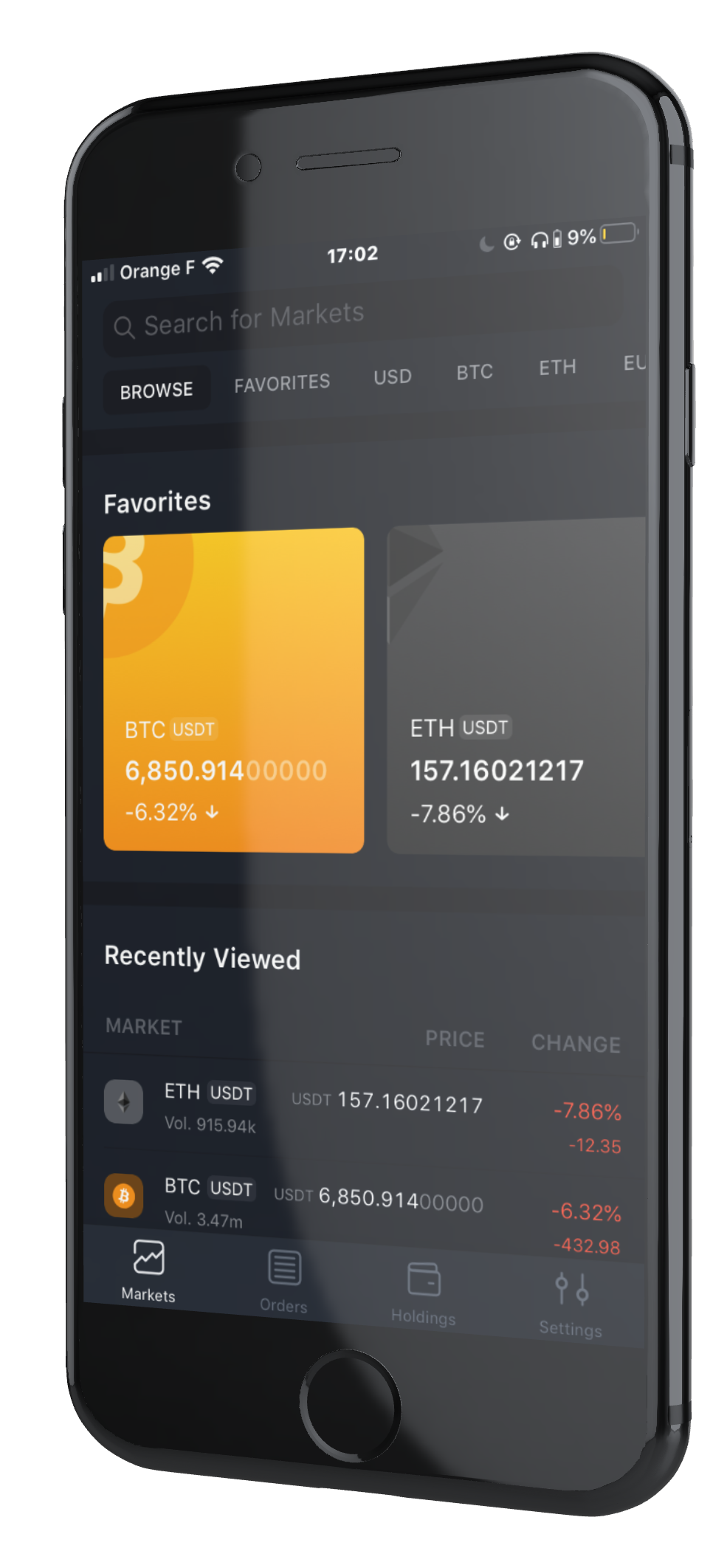
If it’s ERC20 Tether you are after, you are in luck. As mentioned this has becomeby far the standard for most Tether in use today. Often, if an exchange doesn’t specify what type they are using, it is probably ERC20. That being said, never assume, so stick to the techniques outlined above for determining what kind you possess.
- Some of the most popular exchanges such as Bittrex and Binance use ERC20 Tether exclusively. While
it may not be clearly labeled in the trading window, you can find this information by looking into the documentation on the websites. There are quite a few other services that offer ERC20 Tether but these two are some of the biggest and most accessible for many users worldwide.
- Note that at this time Coinbase does not offer any Tether option, choosing instead to use their own stablecoin, USDC.
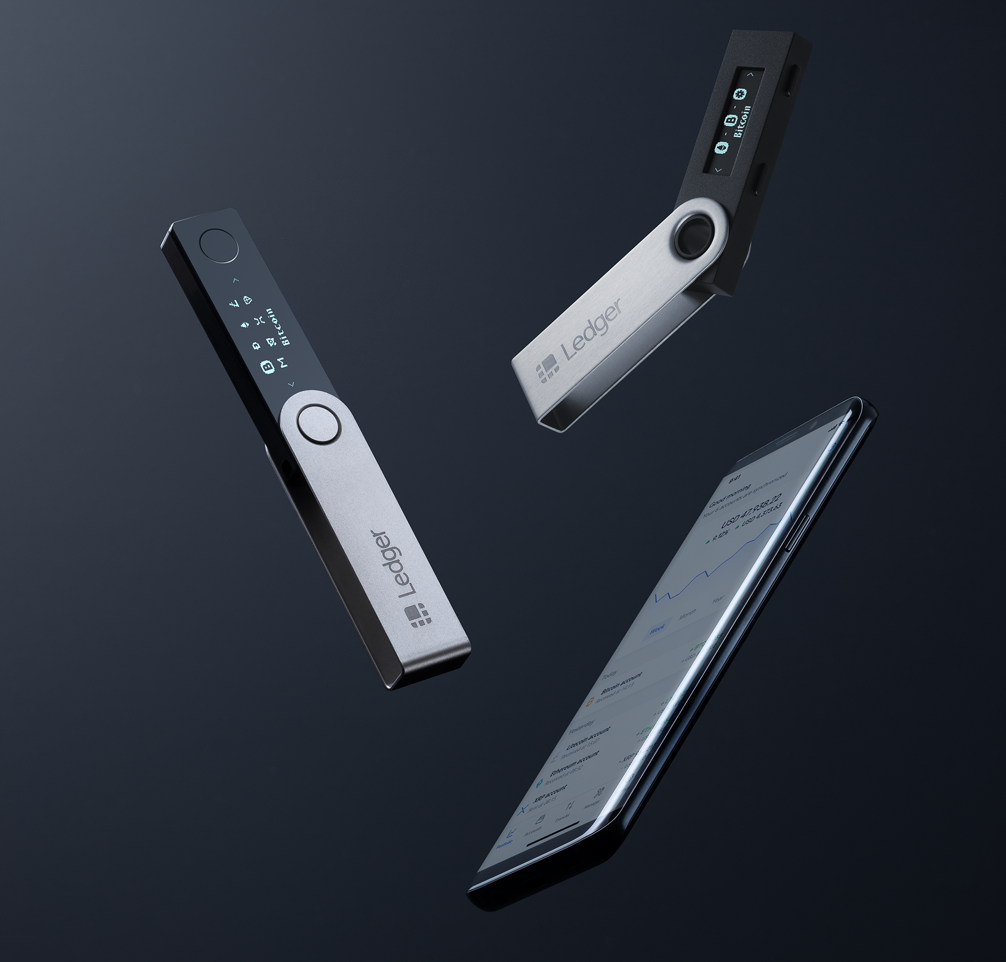 Now that you have some ERC20 Tether, you can technically store it in any Ethereum address. Again, this is true for each flavor, that it can be stored in any wallet of the underlying asset. However, you must note that not every wallet is designed to interact with tokens. Many will, but always make sure that the wallet you choose enables support for tokenized assets. For Ethereum, MyEtherWallet is popular, flexible, secure and offers full support for all ERC20’s, including of course Tether. If you want to go with a different Ethereum wallet, just make sure to check that this feature is offered.
Now that you have some ERC20 Tether, you can technically store it in any Ethereum address. Again, this is true for each flavor, that it can be stored in any wallet of the underlying asset. However, you must note that not every wallet is designed to interact with tokens. Many will, but always make sure that the wallet you choose enables support for tokenized assets. For Ethereum, MyEtherWallet is popular, flexible, secure and offers full support for all ERC20’s, including of course Tether. If you want to go with a different Ethereum wallet, just make sure to check that this feature is offered.
Lastly, For fans of hardware wallets, know that the Ledger Nano X as well as the Nano S also support ERC20 tokens, and by extension this version of Tether.
Where To Get and Store TRC20 Tether
While TRON based Tether is a bit less common, it is by no means unavailable. For one, Bitfinex supports the TRC20 Tether variety, in addition to the ERC20. Furthermore, thanks to the aforementioned partnership between TRON and Poloniex, the exchange does support TRC20 tokens both for deposit and withdrawal. Inside of the exchange, USDT is all treated the same, but users can specifically select what type they are sending/want to receive when they deposit or withdraw. In a similar vein, users who don’t want to risk confusion or mistakes should take a look at KuCoin, as this exchange not only supports all of the varieties, including EOS Tether, but it also makes it very clear which version you are working with.
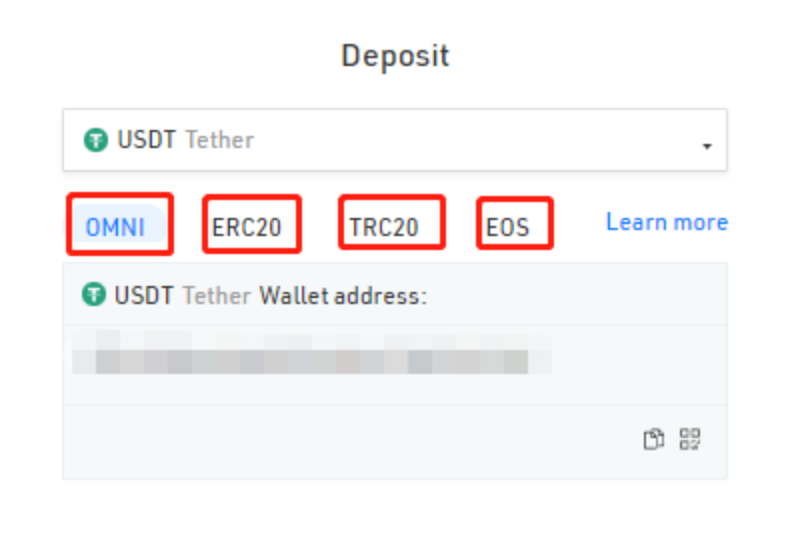
If you want to take your TRC20 Tether off of an exchange, again find a TRON wallet that supports TRC20 tokens. To this end, the popular TronWallet application should work just fine for storing your Tether, but just make sure to double-check whatever service you use.
Conclusion
At this point you should have a pretty good idea of some of the intricacies of Tether. While this stablecoin is generally simple to use in principle, incompatibility issues can become a real headache if not heeded. By following the advice in this guide and always doing your homework, users should be prepared to acquire and store this asset now with ease. Whether you want to use it to trade with, or just hold digital variants of fiat, Tether definitely offers new options for cryptocurrency traders everywhere.
